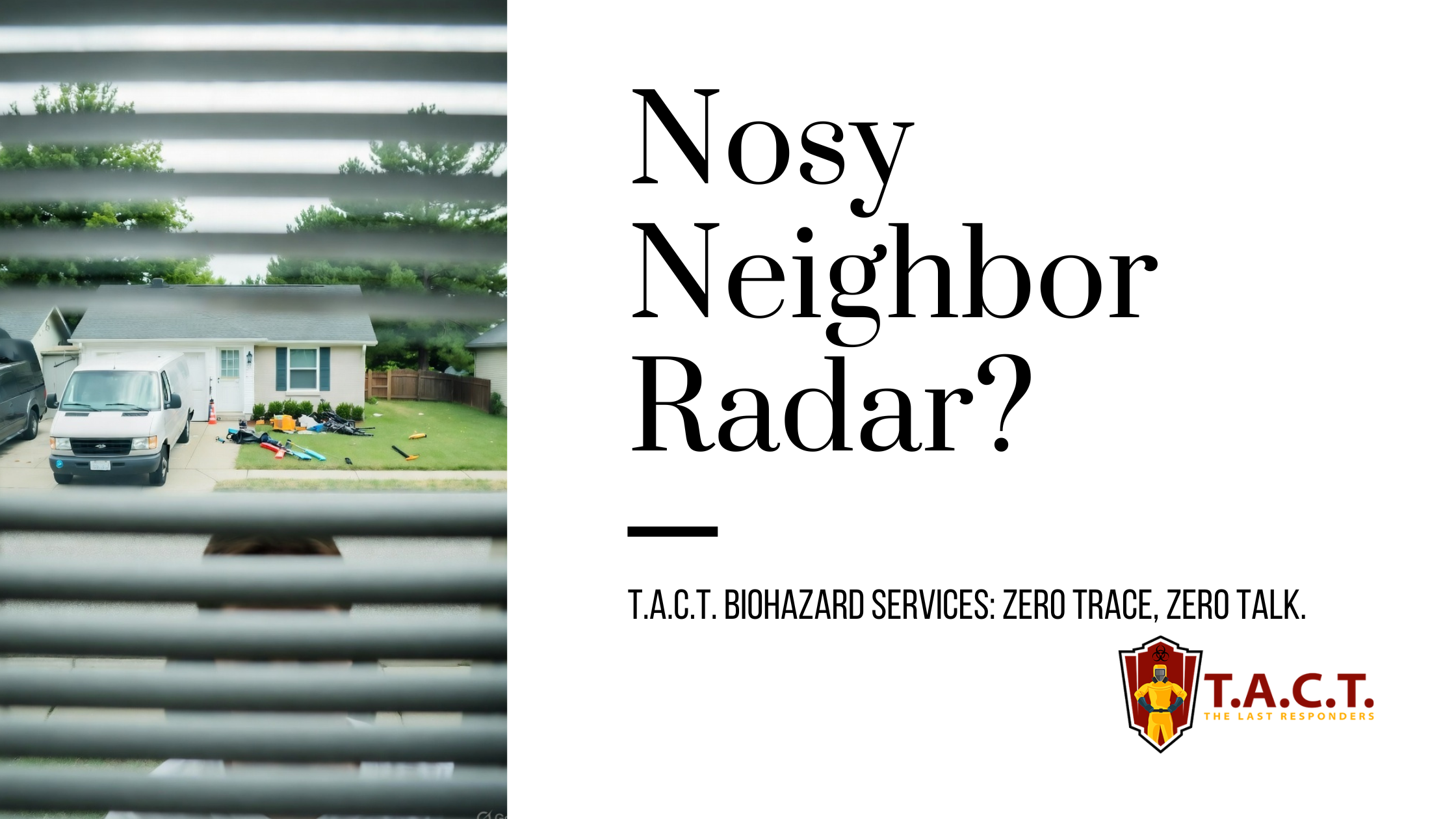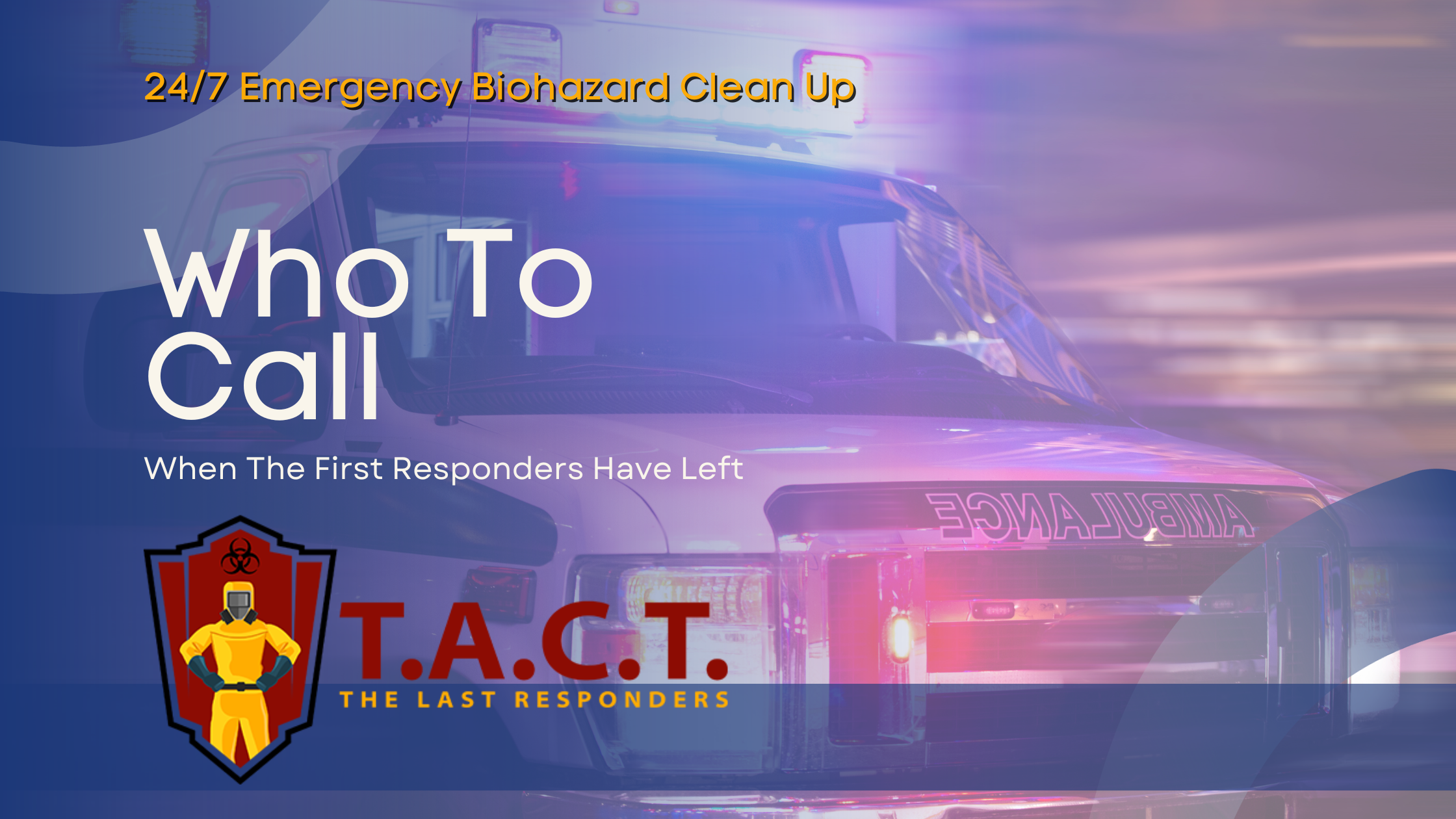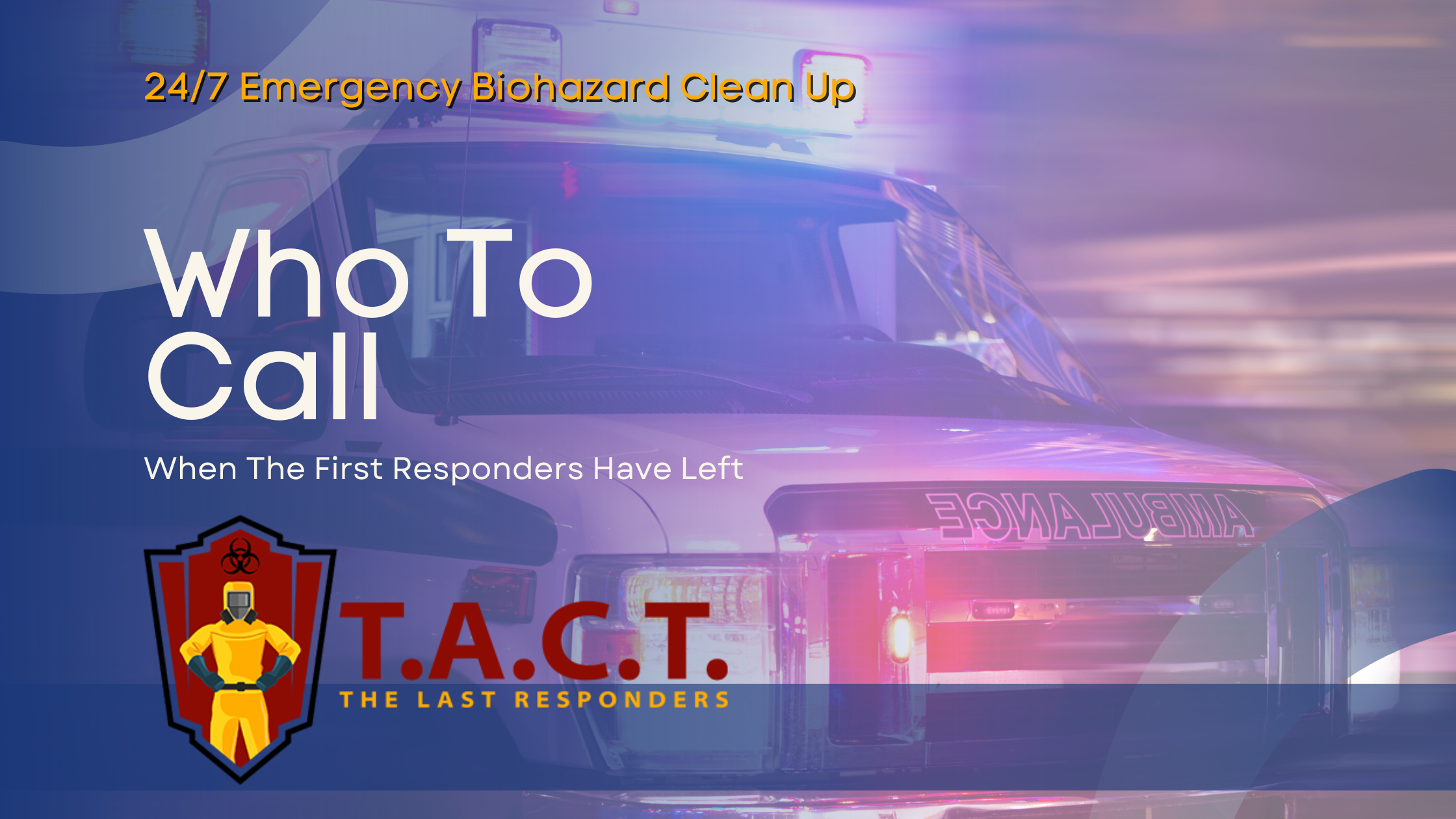Essential strategies for effective support with hoarding

How to Help with Hoarding: Essential Strategies for Effective Support with Hoarding Disorder
Hoarding disorder is a significant and often misunderstood mental health condition. Left unaddressed, it can overwhelm daily life, endanger well-being, and strain relationships. Yet, with empathetic support and evidence-based strategies, meaningful progress is possible. This guide provides practical steps to help individuals with hoarding disorder, highlighting the roles of family members, mental health professionals, and harm reduction.
Understanding Hoarding Disorder
Hoarding disorder involves persistent difficulty discarding possessions, regardless of their value, leading to clutter that interferes with living spaces and daily life. The impact goes beyond physical mess. People with hoarding disorder feel deep emotional distress at the thought of parting with their items, making support both a challenge and a necessity.
According to the American Psychiatric Association, about 2.6% of adults worldwide are affected. This prevalence highlights that hoarding disorder is present in the general population, not just in clinical settings. Hoarding disorder is now recognized as a distinct diagnosis in the DSM-5, also known as the Diagnostic and Statistical Manual of Mental Disorders, Fifth Edition. The diagnostic criteria outlined in this statistical manual emphasize the importance of professional assessment and standardized classification. Unlike simple disorganization, hoarding is often rooted in trauma, anxiety, attention deficit hyperactivity disorder (ADHD), or depression, which complicates both symptoms and solutions. Having a family history of hoarding can also increase the likelihood of developing the disorder. Hoarding disorder is classified as one of several mental disorders, and it is important to distinguish it from other disorders such as obsessive-compulsive disorder (OCD). It is also one of many mental health issues that can co-occur and significantly impact individuals' lives.
Recognizing Hoarding Disorder Symptoms
Identifying hoarding disorder early enables proactive support. Watch for these hoarding symptoms:
Compulsive acquiring of items, often unnecessary or of little apparent value
Difficulty parting with possessions, even when they have little use or are broken
Saving items for sentimental reasons or perceived future need, leading to excessive accumulation
Excessive clutter that renders living areas unusable or unsafe
Intense anxiety or distress when faced with discarding items
Social withdrawal, shame, or conflict with family over possessions
Individuals may feel ashamed of their living conditions due to the persistent nature of hoarding symptoms.
These symptoms frequently overlap with emotional struggles, such as feeling overwhelmed, anxious, or deeply attached to specific items for sentimental reasons. Triggers may include life changes, losses, or untreated mental health issues.
Key point: Hoarding is not simply “messiness” or laziness. It is a psychiatric condition requiring sensitivity and skillful intervention.
Hoarding Disorder, OCD, and Co-Existing Conditions
While hoarding disorder and obsessive-compulsive disorder (OCD) share certain traits, they are different conditions. Both feature repetitive behaviors and emotional regulation challenges, but the compulsions in hoarding focus on saving, acquiring, and difficulty letting go. Many individuals with hoarding disorder also experience depression, anxiety, trauma, ADHD, or other related disorders.
Because of these overlaps, effective treatment should not only address the clutter but also the underlying condition, such as depression, anxiety, or OCD, and any associated mental health problems. Evidence-based approaches like cognitive behavioral therapy (CBT) and motivational interviewing are especially valuable.
Providing Support for People with Hoarding Disorder
Supporting someone with hoarding disorder requires more than a quick clean-up. True progress comes through ongoing, respectful partnership. Comprehensive treatment programs, which often include group therapy and family therapy, play a crucial role in addressing hoarding disorder. Here’s how to offer effective help: The main treatment for hoarding disorder is cognitive behavioral therapy (CBT), which is considered the primary intervention. Encourage individuals and families to seek treatment from qualified professionals to ensure the best chance of recovery.
Create a Judgment-Free Space
Show empathy and compassion; avoid criticism or labeling.
Listen actively to the individual’s thoughts and feelings about their possessions.
Acknowledge the real distress the clutter causes without downplaying it.
Work Together on Coping Skills
Help break down decluttering into manageable steps, focusing on small wins.
Encourage the use of coping mechanisms for emotional triggers, such as journaling, mindfulness exercises, or structured skills training to build resilience and organizational abilities.
Suggest sorting items by category or room to make the task less overwhelming, and incorporate practice sorting as a helpful exercise to build confidence and reduce hoarding behaviors.
Engage Professional Help
Connect with mental health professionals skilled in hoarding disorder.
Consider structured group therapy or support groups, which offer guidance, practical assistance, and reduce isolation for both individuals and their families.
Work collaboratively with the individual’s treatment team to tailor interventions to their needs.
Addressing hoarding disorder is also important from a public health perspective, as cluttered environments can pose safety hazards and impact the wider community.
Address Family Conflict
Family members should aim for understanding, not confrontation.
Recognize that strong emotions and emotional responses like frustration or anger are common, but redirect these into constructive support.
Educate everyone involved about the nature of the disorder to set realistic expectations.
Be aware that family accommodation, such as parents helping a child save or store items, can unintentionally reinforce hoarding behaviors; seek professional guidance to address these patterns.
Lived Experience with Hoarding Disorder
Hoarding disorder is often accompanied by shame, isolation, and declining quality of life. Living in a cluttered home or cluttered homes can make it difficult to access rooms, use living space effectively, and maintain daily routines. The environment is often cluttered, which can lead to unsanitary conditions and increase fire risk, posing serious safety concerns. Individuals may struggle with paying bills and other responsibilities as the clutter takes over. Attempts to remove all the clutter without the person's consent can damage relationships and hinder recovery. The distress is real, and seeking help demands significant courage.
Accessing local resources, such as support groups and community services, can provide much-needed relief and connection. Recovery is not about perfection, but about meaningful improvement, decreased clutter, and reclaiming control over one’s environment and mental health.
The Connection Between Hoarding and Mental Health
A holistic approach to hoarding disorder recognizes the complex interplay between clutter, the urge to hoard, and mental well-being. Individuals with a hoarding problem may compulsively save items, leading to large hoards that can impact daily life and relationships. In some cases, people may also hoard animals, accumulating more pets than they can properly care for, which can have serious consequences for both the animals and the caregiver.
Professional treatments for hoarding disorders, such as CBT and motivational interviewing, aim to:
Build motivation to change
Address underlying anxiety or trauma
Develop concrete decluttering skills
Reduce harmful behaviors and promote safer living environments
Family members can support by encouraging treatment, offering practical assistance with organizing, and celebrating small successes. Hoarding often co-exists with other mental health issues like OCD, ADHD, or depression, so these should be addressed in the overall plan.
Special Considerations: Older Adults and Hoarding
Older adults who experience hoarding disorder often face unique and heightened challenges. As clutter accumulates, it can lead to increased social isolation, decreased mobility, and a greater risk of falls or accidents within the home. For many older adults, hoarding behavior can result in unsanitary living conditions, fire hazards, and difficulty accessing essential rooms or services, all of which can seriously impact health and safety.
Family members and mental health professionals should approach older adults with hoarding disorder with extra sensitivity and understanding. Recognizing that hoarding is a complex mental health issue—not a simple matter of disorganization or neglect—is crucial. Treatment for older adults may involve a combination of cognitive behavioral therapy, support groups, and hands-on assistance with decluttering and organizing. Addressing underlying conditions such as depression, anxiety, or traumatic brain injury is also essential, as these can contribute to hoarding behaviors and complicate recovery.
Older adults may require additional support, such as home care services, to help maintain safe and healthy living conditions. The International OCD Foundation and similar organizations offer valuable resources and guidance tailored to the needs of older adults and their family members. Mental health professionals should be mindful of risk factors like social isolation, bereavement, and cognitive decline, which can increase vulnerability to hoarding disorder. By working together and utilizing available resources, families and professionals can help older adults achieve safer, more comfortable living environments while respecting their dignity and autonomy.
Using Space for Its Intended Purpose
A central goal in treating hoarding disorder is to help individuals reclaim their living spaces for their intended purposes—whether that’s cooking in the kitchen, sleeping in the bedroom, or gathering with loved ones in the living room. When clutter and disorganization take over, it becomes difficult for people with hoarding disorder to use their homes as they were meant to, leading to significant distress and a diminished quality of daily living.
Cognitive behavioral therapy is a key tool in helping individuals identify and challenge the negative thoughts and behaviors that drive hoarding behavior. By practicing skills such as sorting, categorizing, and making decisions about what to keep or discard, people with hoarding disorder can gradually develop more effective strategies for managing their belongings and reducing clutter. Family members and mental health professionals play an important role by offering encouragement and celebrating progress, rather than criticizing or judging.
Restoring living spaces to their intended function can have a profound impact on mental health, reducing stress and anxiety and improving overall well-being. It’s also important to address any underlying emotional distress or other mental health conditions, such as obsessive compulsive disorder, that may contribute to hoarding behaviors. Support groups and collaborative work with mental health professionals can provide the skills, structure, and encouragement needed to maintain a safe, healthy, and functional home. By focusing on practical steps and ongoing support, individuals with hoarding disorder can make meaningful changes that enhance their daily lives and restore comfort to their living environments.
Harm Reduction Strategies for Hoarding Disorder
When complete decluttering seems daunting, harm reduction focuses offer a realistic path forward. The approach emphasizes decreasing high-risk behaviors and improving quality of life without requiring immediate full cessation of hoarding. Developing a harm reduction plan tailored to the individual's needs—often involving collaboration among the person, their family, and therapists—can help reduce risks and support gradual progress. It is important to note that providing extra storage space is not recommended, as it can reinforce hoarding behavior and worsen the situation.
Effective strategies include:
Identifying and clearing safe pathways through the home
Reducing fire and fall risks (e.g., keeping exits clear, removing flammable items)
Coordinating cleaning services or volunteer support for hazardous spaces
Providing access to professional organizing help, tailored to mental health needs
Ongoing collaboration with the person is essential. Harm reduction recognizes progress, however gradual, and prioritizes the individual’s dignity and autonomy.
Motivational Interviewing Techniques
Change is difficult when ambivalence is high. Motivational interviewing helps people explore their own motivation for change, making progress more likely.
Core components include:
Building a supportive, empathetic relationship rather than imposing solutions
Asking open-ended questions to understand the person’s perspective
Affirming strengths and small successes to boost confidence
Gently guiding toward self-identified goals and readiness for change
When used consistently, these techniques can reduce resistance, build trust, and empower individuals to take important steps—even when those steps are small.
Building a Path Forward
Hoarding disorder is a complex challenge, but compassionate, evidence-based support offers hope. The most effective strategies involve understanding, harm reduction, collaborative planning, and ongoing encouragement.
If you or someone you know is struggling with hoarding, connecting with mental health professionals, local support groups, or organizations like the International OCD Foundation is a powerful first step.
Further Resources and Actions
Reach out to a licensed mental health professional for a personalized treatment plan.
Explore community programs or peer support groups focused on hoarding disorder.
Access educational materials from reputable organizations, such as the International OCD Foundation.
Consider motivational interviewing training for family members and caregivers to foster a more effective support system.
Empathy, patience, and perseverance are crucial. While the road may be challenging, meaningful change is possible, and every step forward matters.
Meta data
Meta title
How to Help with Hoarding Disorder Compassionate and Effective Strategies
Meta description
Learn effective strategies to support someone with hoarding disorder. Discover harm reduction tips, mental health support, and treatment resources.
Latest news

Nosy neighbors peeking? T.A.C.T. North Atlanta offers discreet biohazard remediation for rodent infestations, mold, hoarding, and more. Unmarked vehicles, quiet experts, full privacy—24/7 service at 470-781-4775.
Read More

